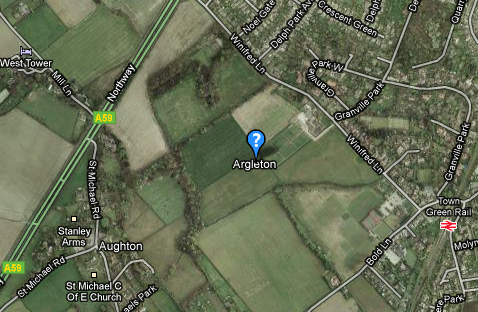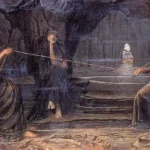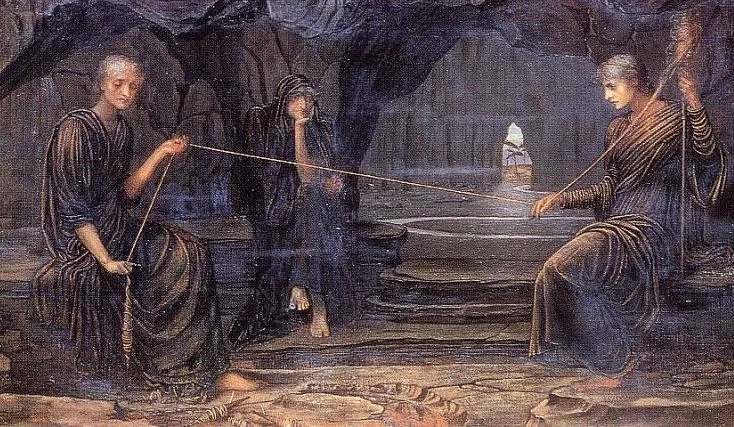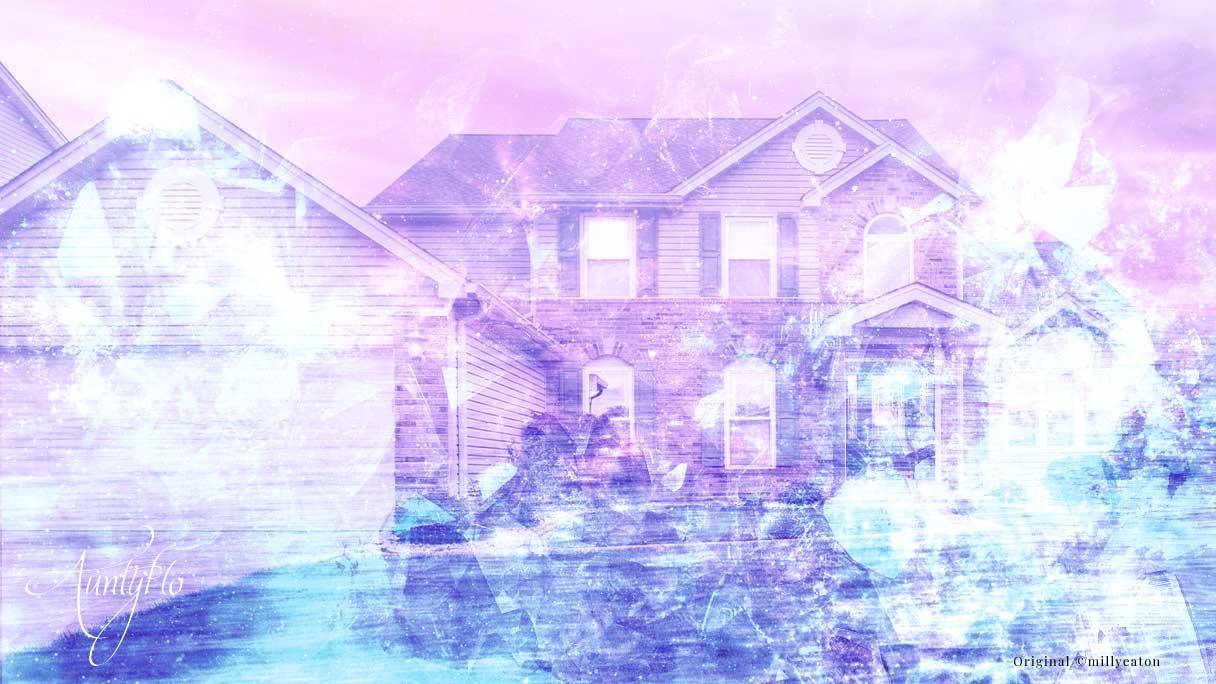Maps are meant to guide us, to provide a representation of reality that we can rely on. But what if a town existed only on maps, with no physical trace in the real world? This is not just the premise of a ghost story but a real phenomenon that has puzzled cartographers, travelers, and conspiracy theorists alike.
Throughout history, mapmakers have occasionally included fictional towns, also known as “paper towns” or “trap streets,” in their maps. These were created as a form of copyright protection—if another mapmaker copied their work, these fake locations would serve as proof of plagiarism. One such town that has gained notoriety is Agloe, New York. First appearing on a map in the 1930s, Agloe was an invention of cartographers Otto G. Lindberg and Ernest Alpers. Yet, over time, the town began to take on a life of its own.
A small general store popped up at the location where Agloe was marked, unintentionally validating its existence. Travelers who spotted it on maps attempted to visit, and eventually, the fictional town took on an eerie half-life—a place that existed in documents but barely in reality. Agloe, however, is not alone in this strange phenomenon. Other fictitious locations, like Argleton in England and Beatosu in Ohio, appeared on maps before disappearing once exposed.
The mystery of these phantom towns deepens when we consider the possibility that some were not just innocent tricks by mapmakers but intentional deceptions. Stories circulate about entire settlements that appear on maps, only for those who visit to find nothing but empty land. Some speculate that governments or organizations could use these false towns to obscure secret locations or classified sites.
Despite the modern age of digital mapping, where GPS and satellite imaging should make such errors impossible, ghost towns on maps persist. Whether due to outdated cartographic data, deliberate misinformation, or simple human error, they continue to spark curiosity and fuel urban legends. One thing is sure—if you find a town on a map but not in real life, you may have stumbled upon one of these enigmatic places, existing somewhere between fiction and fact.





